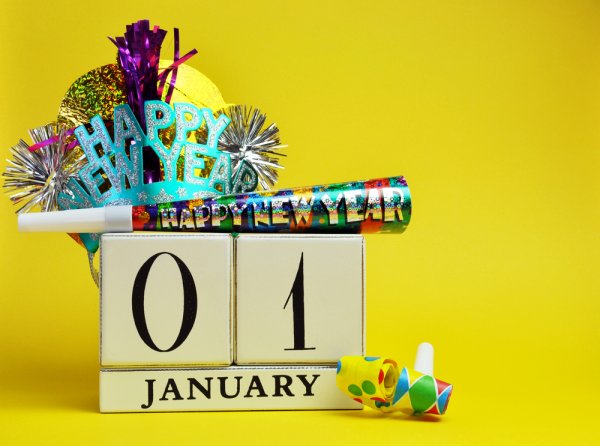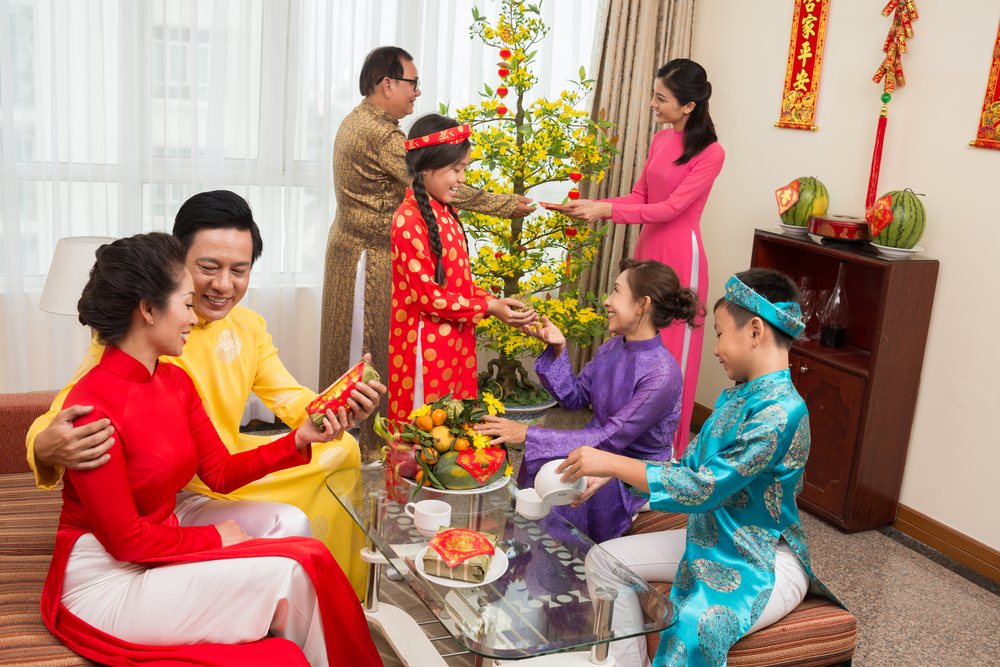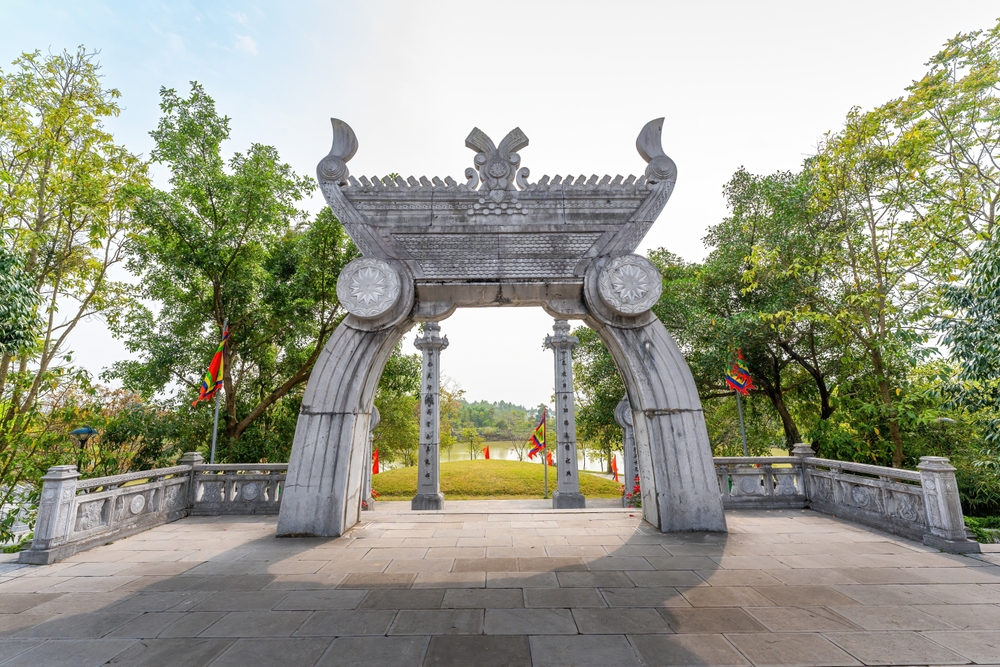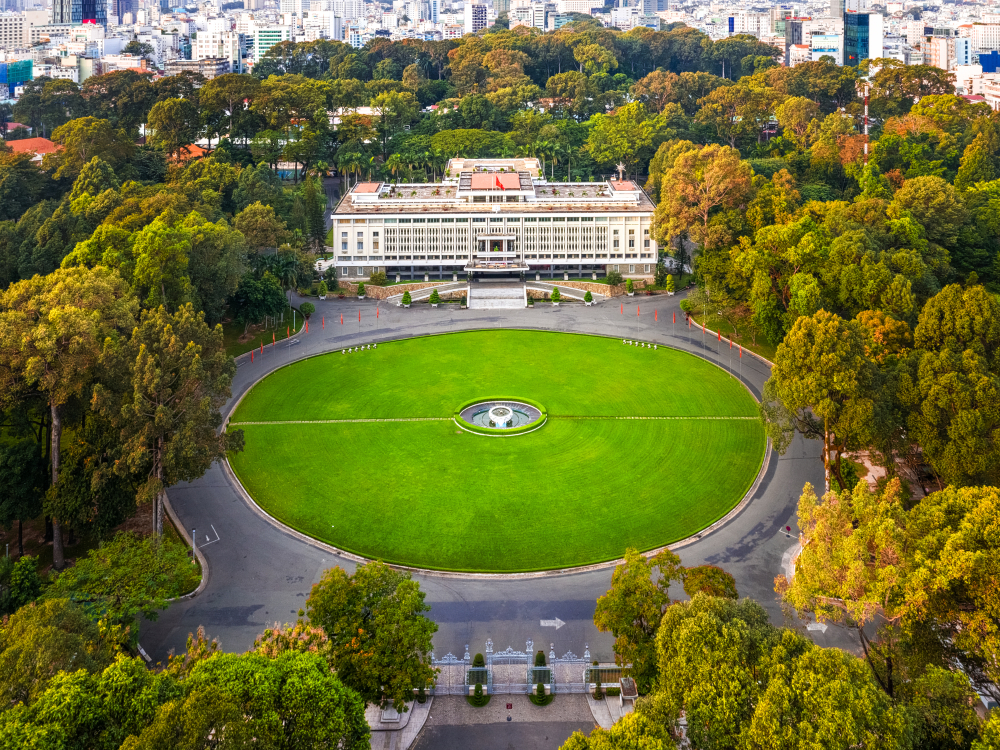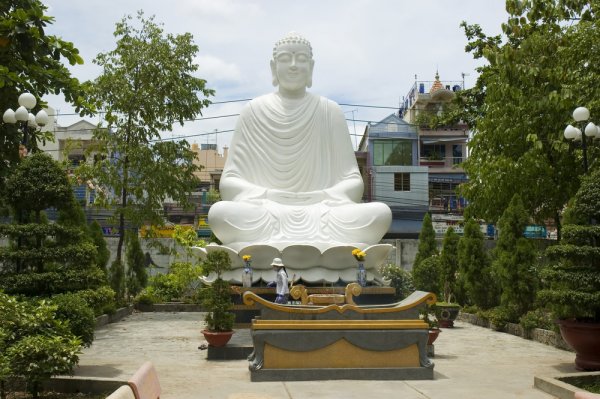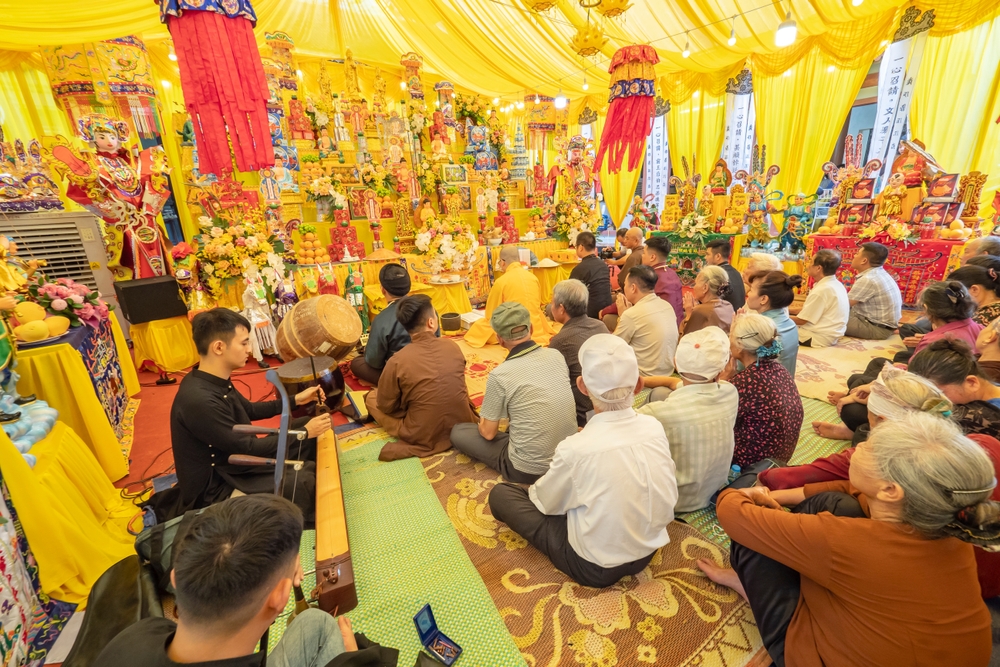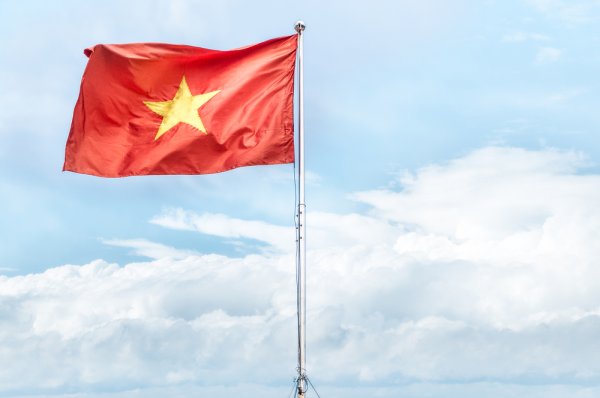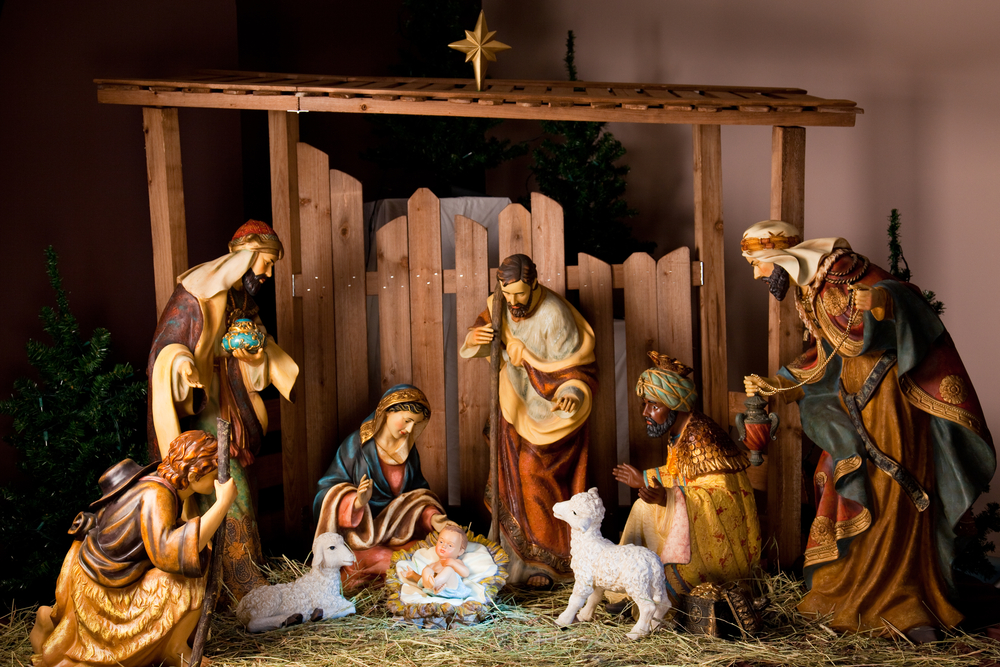Holiday Calendar

Calendar
| Holiday | 2024 | 2025 | 2026 | Affected |
| New Year’s Day | Jan. 1 | Jan. 1 | Jan. 1 | g, b, o, some r |
| Vietnamese New Year (Tet) | Feb. 10 | Jan. 29 | Feb. 17 | g, b, o, some r |
| Hung Kings’ Day | April 18 | April 7 | April 26 | g, b, o, some r |
| Liberation Day/Reunification Day/Victory Day | April 30 | April 30 | April 30 | g, b, o, some r |
| Labor Day | May 1 | May 1 | May 1 | g, b, o, some r |
| Phat Dan Day/Buddha Day (Vesak) | May 23 | May 12 | May 31 | none |
| Wandering Souls Day/Ghost Festival/Mother's Day (Trung Nguyen/Vu Lan) | Aug. 18 | Sept. 6 | Aug. 27 | none |
| National Day | Sept. 2 | Sept. 2 | Sept. 2 | g, b, o, some r |
| Christmas Day | Dec. 25 | Dec. 25 | Dec. 25 | none |
Note: Holidays that fall on weekends are often moved to the following Monday.
Key:
g = government offices and institutions
b = banks and financial institutions
o = non-retail businesses/offices
r = retail businesses
New Year’s Day
Vietnamese New Year (Tet)
As Tet Nguyen Dan (Tet for short) approaches, various gods supposedly make their way to heaven to visit the Jade Emperor (supreme Taoist deity) to pay their respects and report on household affairs on earth. Tradition holds that locals pay for the deities’ traveling expenses by burning ritual paper money for them and releasing carp into the lakes to act as their steeds. Like the Chinese New Year, the customs followed on Vietnamese New Year are intended to ensure good fortune and prosperity in the year to come. Tet and Chinese New Year occasionally fall on different dates because the geographical differences between Hanoi and Beijing affect the relevant astronomical calculations. Another difference is that the Vietnamese zodiac has a cat instead of a rabbit. Both holidays, however, welcome the spring and cause widespread, extended celebrations.
Hung Kings’ Day/Hung Vuong Day
The Hung Kings’ festival provides a variety of entertainment from the traditional (rice-cooking and baking contests, elephant marches, water puppets, dragon dancing) to the modern (photography exhibitions and fashion shows). People come dressed in colorful costumes from different regions. The air is filled with traditional music, classical song performances, and bronze drum performances. Sporting competitions like human chess, boat races, wrestling matches, cross-bow shooting, swinging contests, and cock fighting add spice to the festivities. Around the area in Viet Tri City, a Hung Kings’ Fair is held with more than 100 businesses selling handicrafts in bazaars. At the end of the festival, representatives of the different ethnic minorities in Vietnam release doves as a symbol of peace for the country. In 2007, to mark the first year that the festival was a public holiday, residents of Ho Chi Minh city organized a ceremony where they offered a sticky rice cake weighing over 2 tons for the Hung Kings. The massive banh chung wrapped in leaves was made from 1,000 kilograms of sticky rice, green peas and meat. After the ceremonial offering to the Kings, the cake was cut up and served to the guests.
Liberation Day/Reunification Day/Victory Day
Labor Day
Phat Dan Day/Buddha Day (Vesak)
Wandering Souls Day (Trung Nguyen or Vu Lan)
National Day
Christmas Day
Copyright © 1993–2025 World Trade Press. All rights reserved.

 Vietnam
Vietnam 